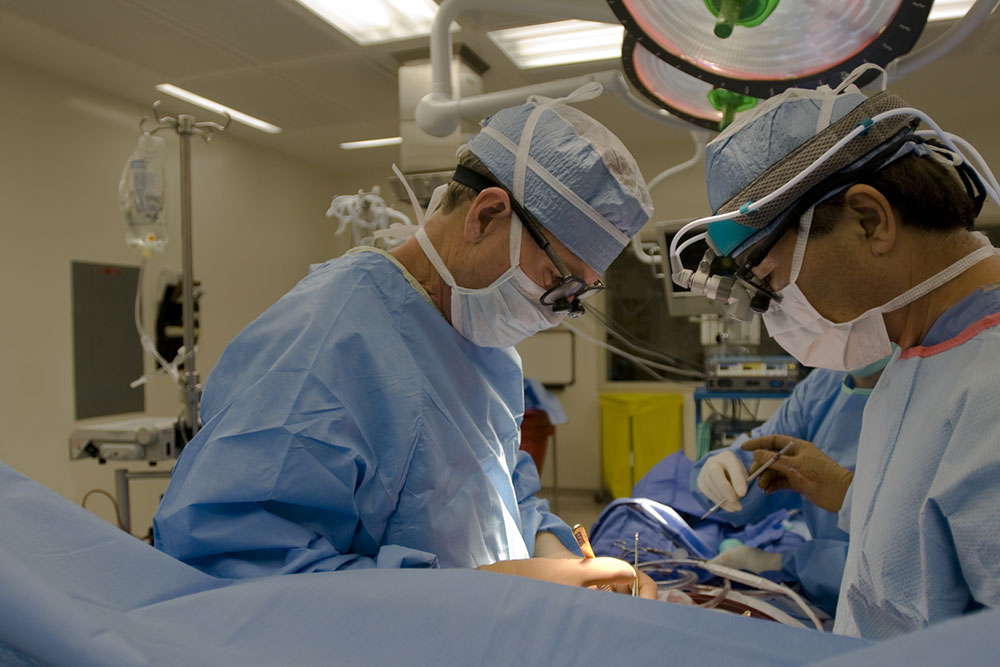Evolution of Modern Orthopedic Surgery
This article traces the evolution of modern orthopedics from its origins in the 1960s, highlighting innovations like hip and knee replacements, fracture fixation techniques, and minimally invasive procedures. It also covers significant pioneers and technological advancements that have shaped orthopedic surgery today, emphasizing improved patient recovery and implant durability.

Evolution of Modern Orthopedic Surgery
Modern orthopedics emerged prominently during the 1960s and 1970s, largely thanks to pioneers like Hugh Owen Thomas. A significant breakthrough was the introduction of intramedullary fixation techniques that avoided opening the fracture site. This innovative approach gained popularity through the Harborview Medical Center in Seattle in the late 1970s.
Advancements in Hip and Joint Replacement
The 1960s marked a major milestone with Sir John Charnley's development of joint and hip replacement surgeries at Wrightington Hospital, England. He envisioned using high-quality inert plastics to create prosthetic joint surfaces.
His prosthetic designs utilized acrylic and stainless steel to replace natural joint surfaces, fixed with specialized cements. His innovations, including a stainless steel ball and a long stem for the femur, revolutionized joint replacement and set the foundation for future developments. Various improvements, such as the Exeter hip system, were introduced over the years.
Uncemented joint fixation methods, developed by Dr. R.I. Harris and W.H. Harris from Harvard, involved bonding the implants directly to the bone, further enhancing implant stability.
Knee Replacement Technologies
The evolution continued with knee replacements, where Dr. McIntosh pioneered procedures for rheumatoid arthritis patients. In the 1970s, Drs. Gunston and Marmor introduced designs to treat osteoarthritis, initially with fixed bearing systems. Later, Buechel and Pappas developed mobile bearing systems to improve joint mobility.
Fracture Management Innovations
Germany’s Dr. Gerhard Kuntscher revolutionized fracture treatment in the 1960s with intramedullary rods for femur and tibia fractures, significantly accelerating recovery. WWII accelerated this development's global adoption, though traditional traction remained in use until the 1970s.
In recent decades, orthopedic research has focused on minimally invasive surgeries and creating durable, high-quality implant components for better patient outcomes.










